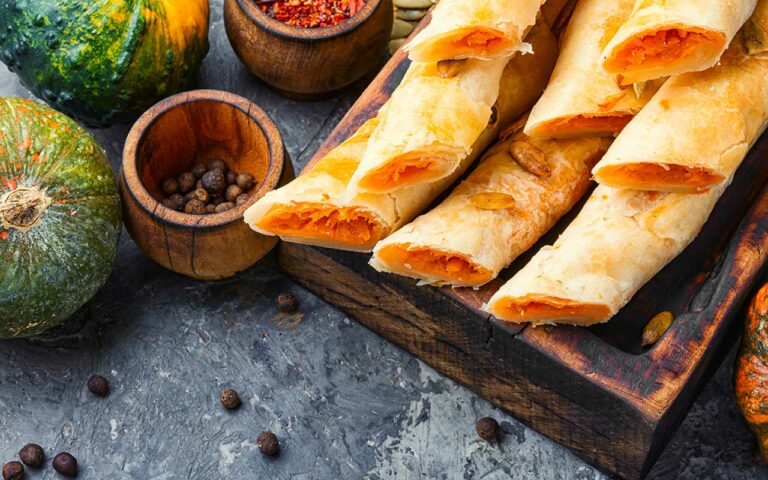Introduction: Moldovan Cuisine
Moldovan cuisine is a blend of various cultures, such as Romanian, Russian, and Ukrainian. Located in Eastern Europe, Moldova is a small country with a rich culinary heritage. The traditional dishes are hearty and filling, perfect for the cold winter months. Moldovan cuisine is known for its use of fresh herbs, vegetables, and meat. The cuisine is also famous for its wine-making culture, which has been passed down from generation to generation.
Eating Habits: Time and Portions
Moldovan people typically eat three meals a day: breakfast, lunch, and dinner. Breakfast is usually a light meal, consisting of tea or coffee, bread, cheese, and sometimes eggs. Lunch is the most substantial meal of the day and is eaten between 12 and 2 pm. Dinner is a lighter meal, similar to breakfast. Moldovan people believe in eating slowly and savoring their food. They also believe in moderate portions, and overeating is frowned upon.
Meal Components: Soup, Meat, Bread
Soup is a staple of Moldovan cuisine, and it is usually served at the beginning of the meal. The most popular soup is “zeama,” a chicken noodle soup, which is often served with sour cream. Meat is an essential component of Moldovan cuisine, and it is usually prepared in a variety of ways, such as grilled, stewed, or roasted. Ground meat is used in many dishes, such as “mamaliga cu branza si smantana,” a polenta-like dish served with feta cheese and sour cream. Bread is also an essential part of the meal, and it is served with every course.
Drinking Culture: Wine and Spirits
Moldova is famous for its wine, and it is an integral part of the Moldovan culture. Wine is usually served with the meal, and it is customary to toast before drinking. Apart from wine, Moldovan people also enjoy spirits such as “tuica,” a potent plum brandy, and “divin,” a high-quality brandy. Moldovan people believe that drinking alcohol in moderation is beneficial for their health.
Festive Feast: Customs and Traditions
Moldovan people celebrate special occasions such as weddings, birthdays, and holidays with a feast. The traditional feast consists of multiple courses, including soup, meat, and dessert. The most famous festive dish is “sarmale,” cabbage rolls stuffed with ground meat and rice. It is customary to invite family and friends to the feast, and it is considered impolite to decline the invitation. Moldovan people also have a tradition of giving food and drinks to the guests as they leave the feast.
Conclusion: A Diverse and Tasty Cuisine
Moldovan cuisine is a reflection of the country’s diverse history and culture. The cuisine is hearty, filling, and flavorful. The use of fresh herbs, vegetables, and meat highlight the richness of the cuisine. The wine-making culture adds to the experience of dining in Moldova. The customs and traditions associated with food and drink make the cuisine even more exciting. A visit to Moldova is incomplete without tasting the traditional dishes and experiencing the culture.

